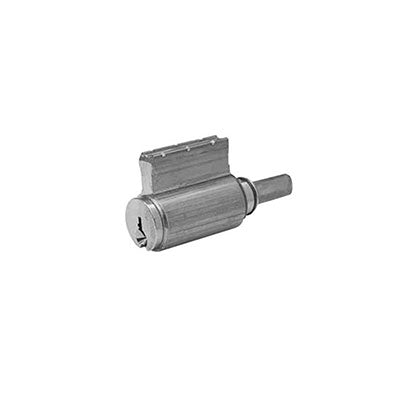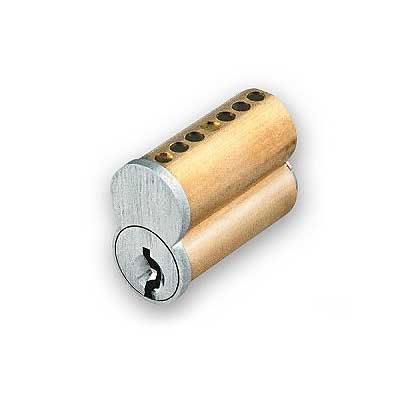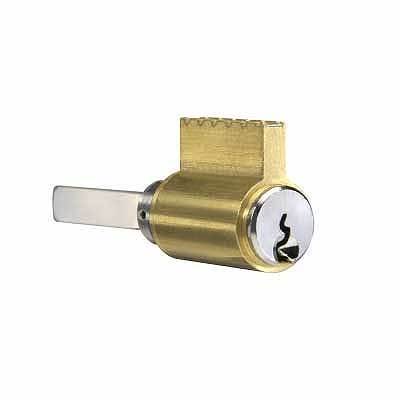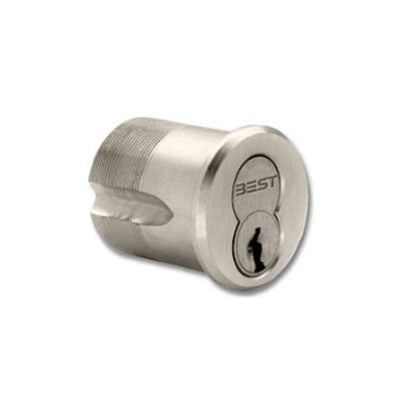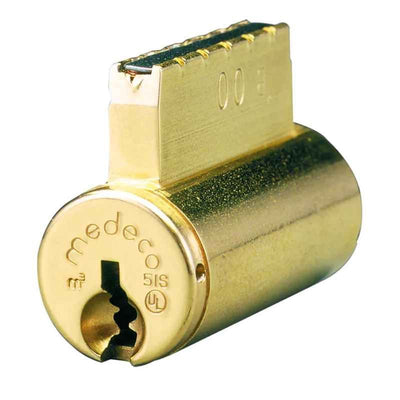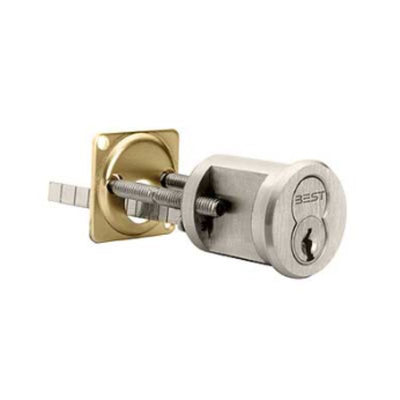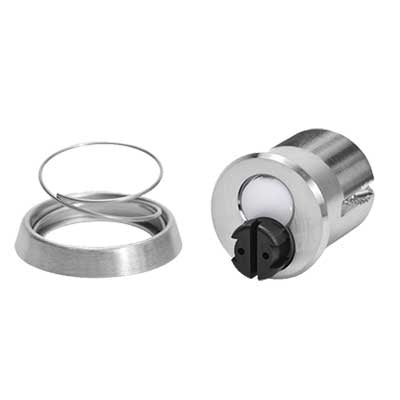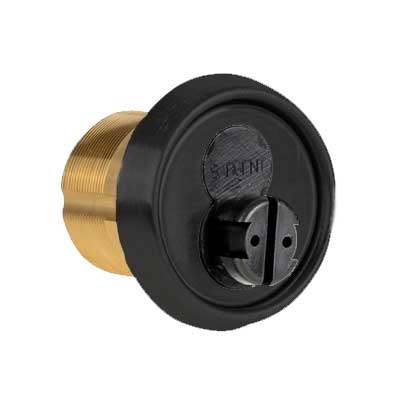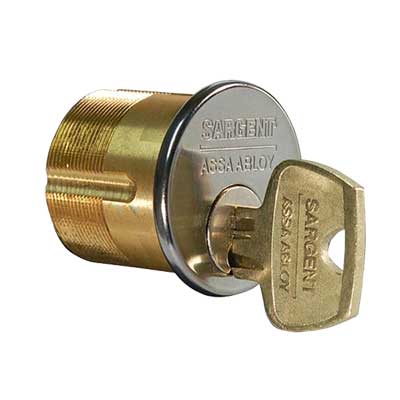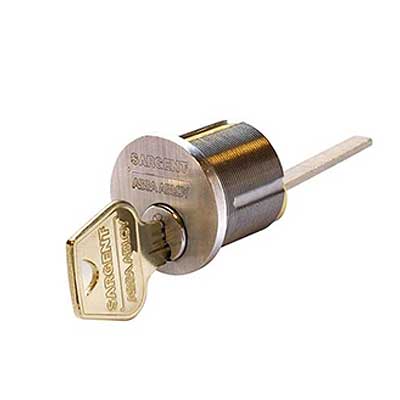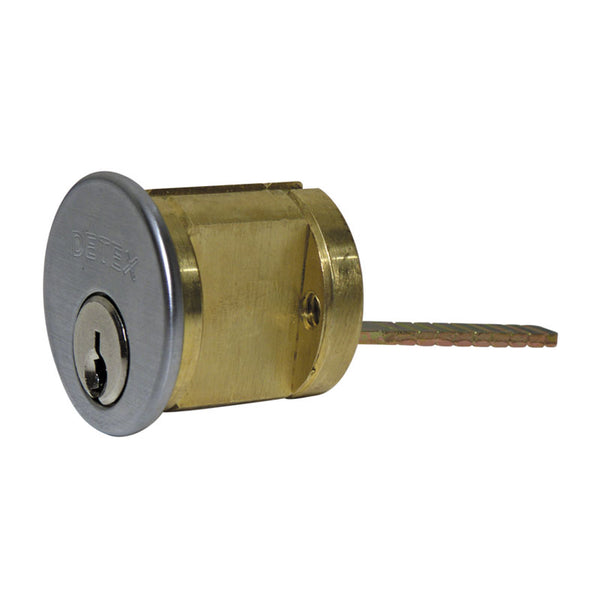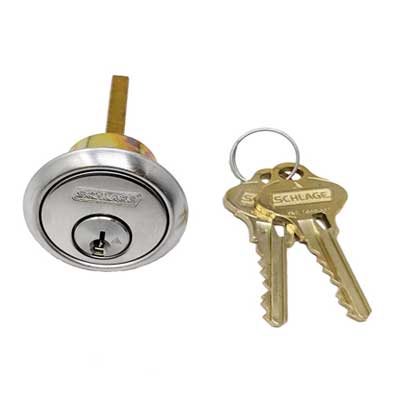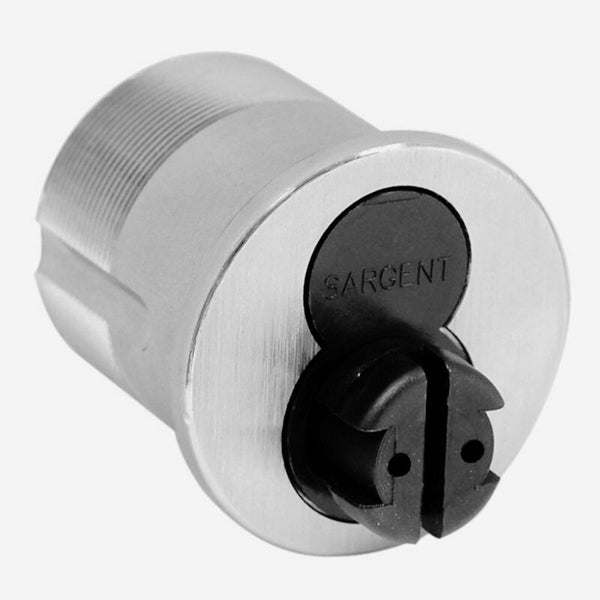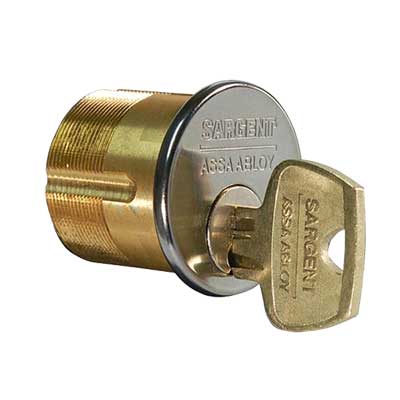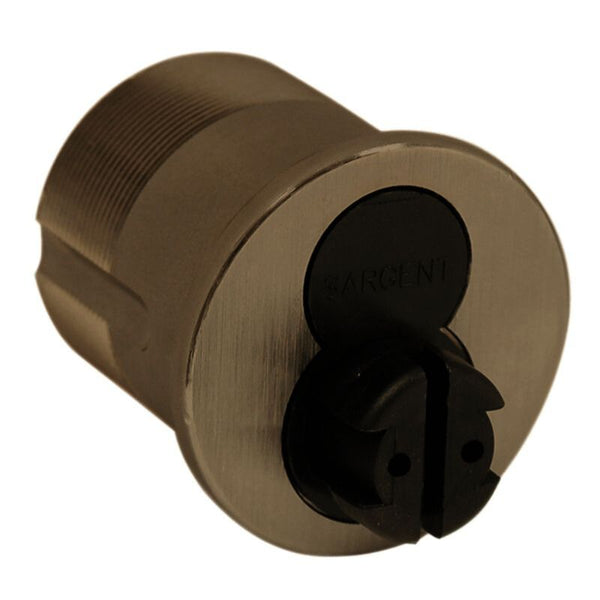Cylinders and Cores
Cylinders and cores are essential for commercial door hardware, delivering both security and access control. Although often confused, a cylinder refers to the complete locking assembly, while a core is where the key is inserted.
Most Popular Products
Frequently Asked Questions
All key cylinders are not the same. There are a variety of cylinders available such as key-in cylinders, mortise cylinders, rim cylinders, and thumb-turn cylinders. Depending on your situation, one type of cylinder may be better than another type of cylinder.
A mortise cylinder is often used with a mortise lock or locking devices that require a cam. The term mortise refers to a hole or recess cut into the door. Mortise cylinders have threaded housings and simply screw into the locking mechanism. The cams on the rear of the cylinder vary in size, so be sure to use the right one for your locking mechanism.
The term cylinder refers to the entire assembly of the lock, which is the cylinder housing and the core. The core is the part of the lock where you insert the key. The core also contains pins that adjust as a key is inserted into the lock. Cores can be interchangeable (IC core) or standard. Locksmiths can quickly swap out interchangeable cores with a master key.
Locksmiths can most certainly rekey a cylinder. Depending on your cylinder, they can either replace the removable core using a control key or repin your core to accept a new key. Locksmiths can replace both large-format and small-format interchangeable core cylinders.
A mortise is a hole, and a mortise cylinder or lock is installed in this recess along the side of the door. A tubular lock utilizes cylindrical pieces installed via matching cylindrical holes in the door.


